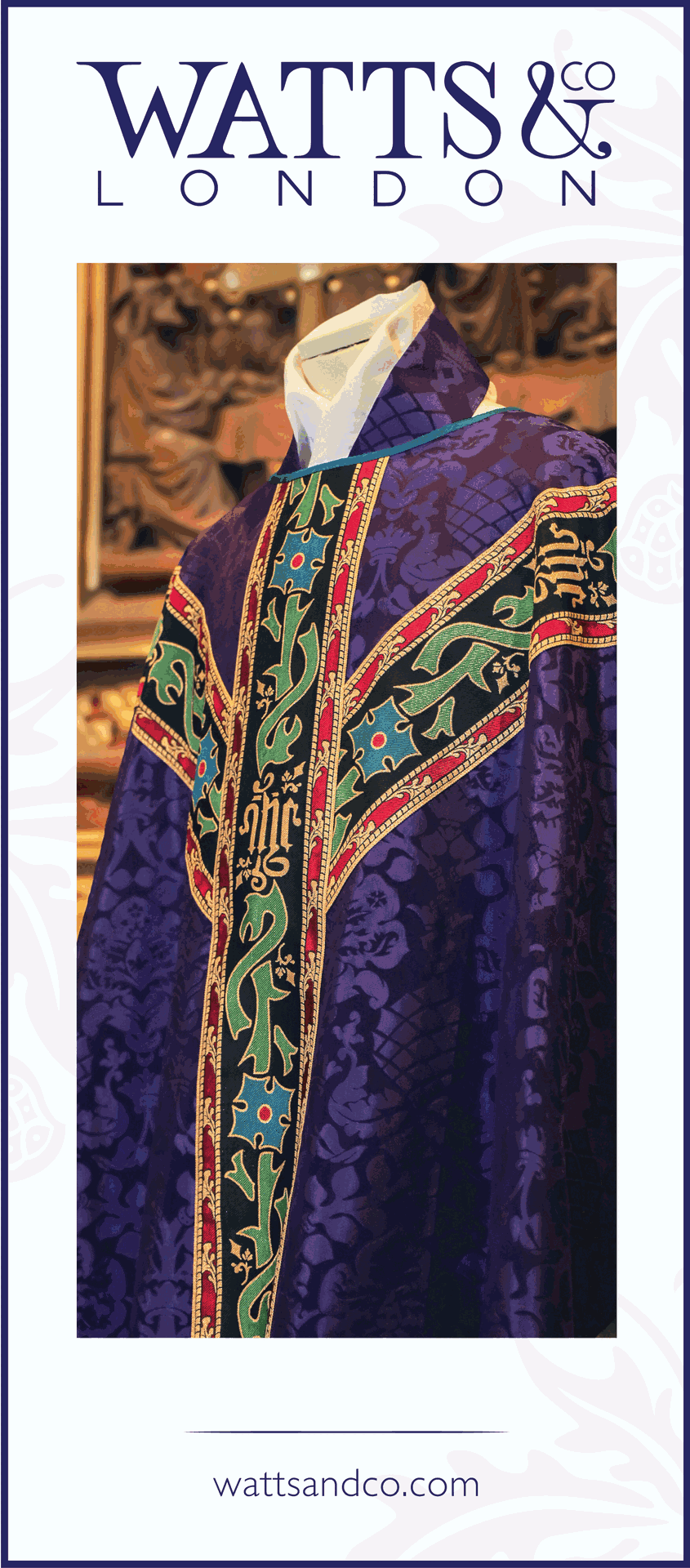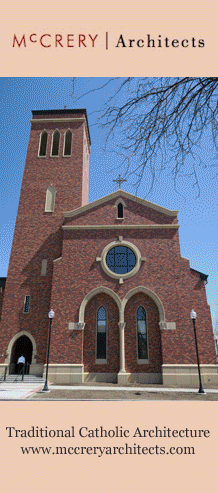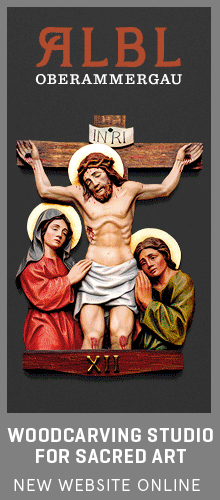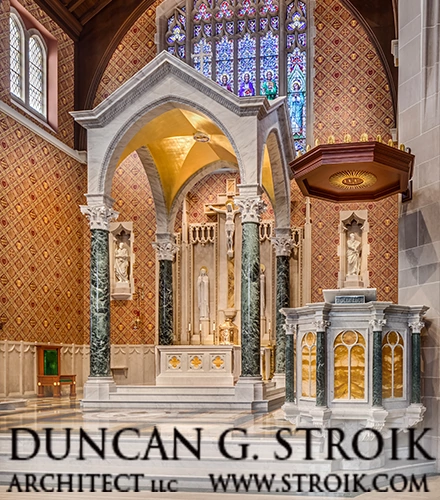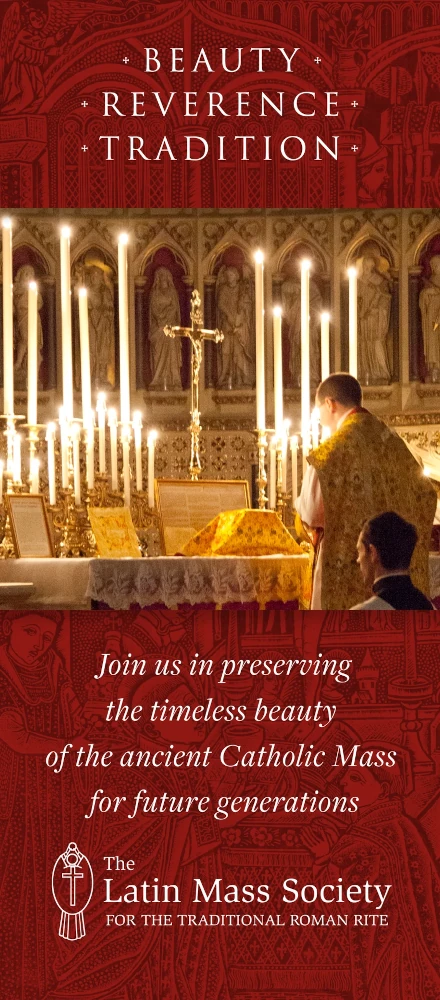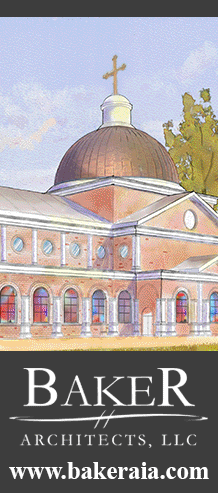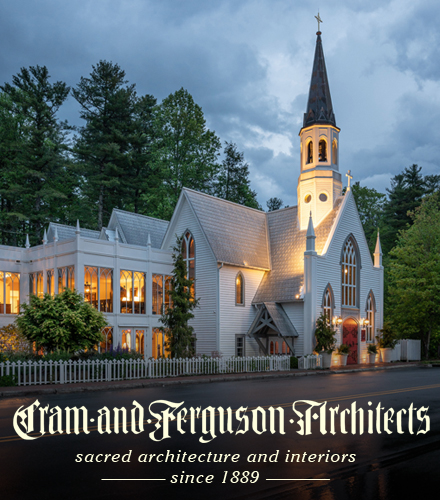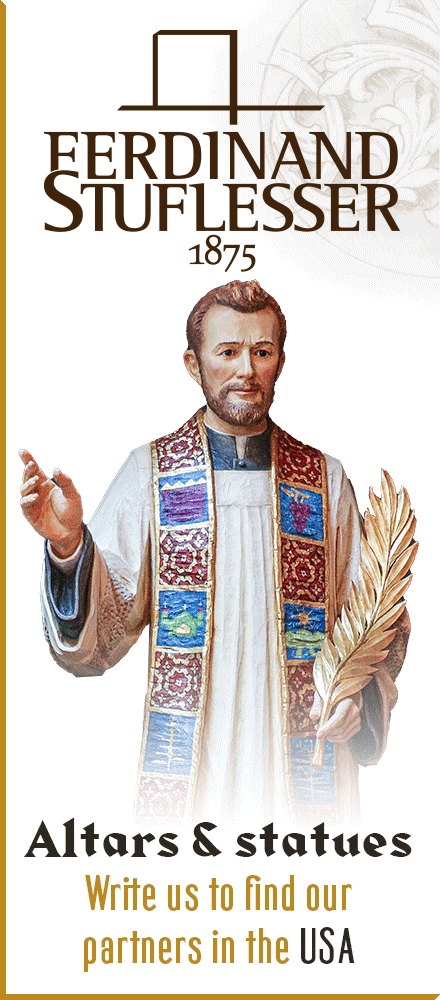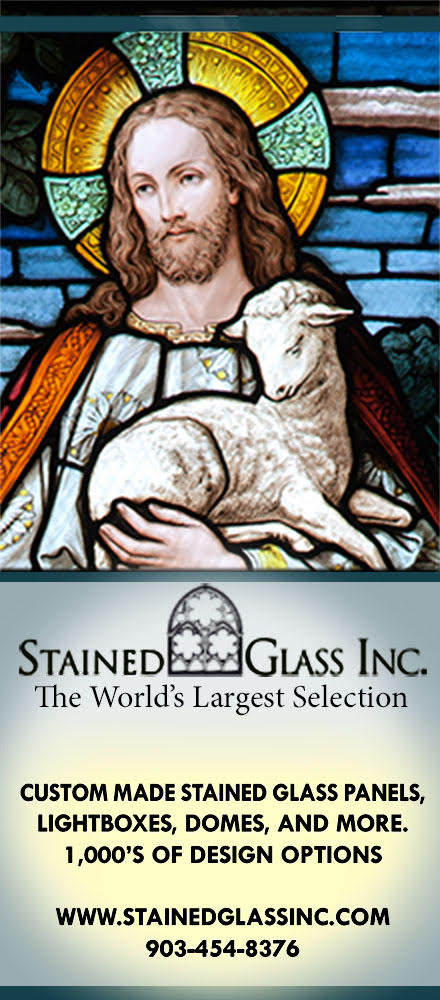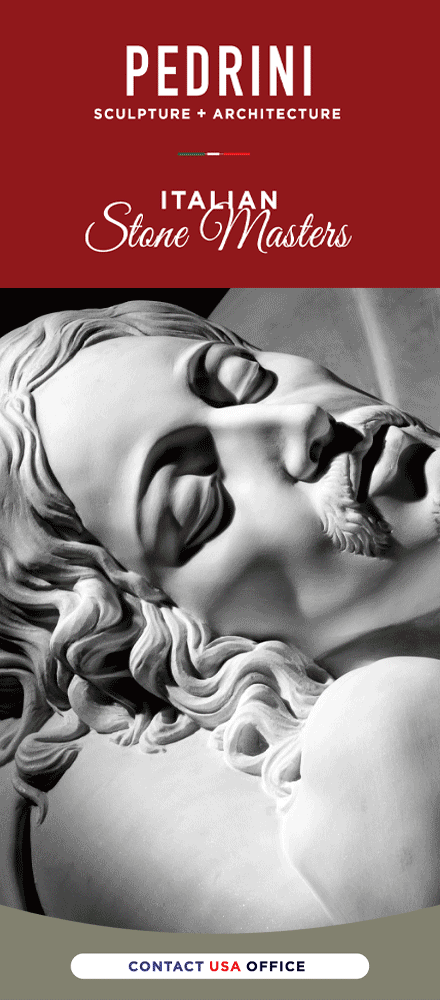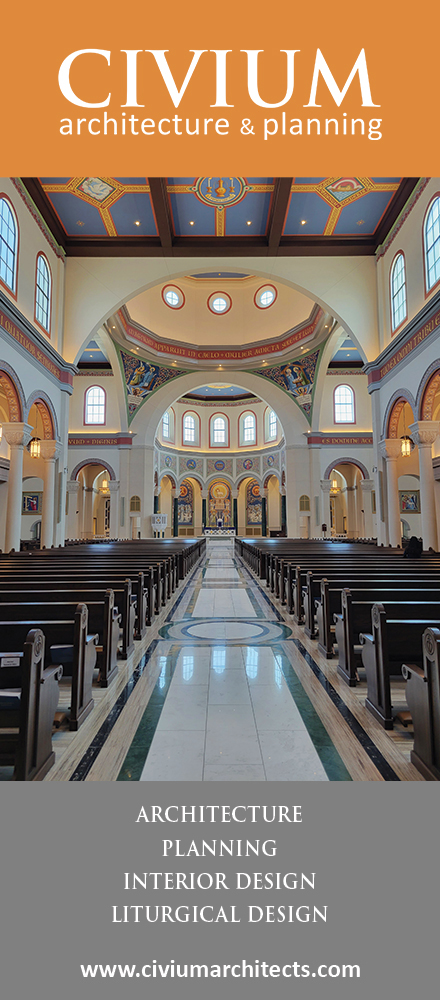It is difficult to overstate the significance of fire in the collective imagination of Judeo-Christian civilization. It is, perhaps, the ultimate symbol. In ancient Greek thought, it represented the uniquely human; in Jewish thought, the divine. Young children are fascinated by it, perhaps because they sense its paradox—so easily snuffed out, like man, and yet so powerful, like God.
In Greek mythology, there are two fires: the celestial fire, which Zeus withheld from mankind, and human fire, given to mankind by Prometheus, who stole it from the Olympian gods. The former is immortal; the latter, like man, is ever on the verge of death.
The fire men have now at their disposal ... is a fire that is “born”—so it is also a fire that dies; it must be kept burning, it must be tended. This fire has an appetite like mortal man’s; unless it is constantly fed, it goes out.... It constantly recalls both his divine origin and his animal nature; it partakes of both—like man himself. [1]
The basic Hebrew word for fire is ’ēsh, which begins with א (aleph), the first letter of the Hebrew alphabet, the letter of origins, creation, and the perfect Unity—despite apparent dualities—of the divine Essence. Fire, like God, creates ex nihilo, and enables life: from darkness, light; from cold, warmth; from grain, bread; from rock, iron. It also destroys.
The first occurrence of ’ēsh in the Bible is Genesis 15, 17: “And it cometh to pass—the sun hath gone in, and thick darkness hath been—and lo, a furnace of smoke, and a lamp of fire, which hath passed over between those pieces.” The lamp, casting light amidst the gloom, signifies the majesty of the Almighty and seals a covenant between Abram and his God. The next occurrence is Genesis 19, 24: “Then the Lord rained upon Sodom and upon Gomorrah brimstone and fire from the Lord out of heaven.” The next is Genesis 22, 6: “And Abraham took the wood of the burnt offering, and laid it upon Isaac his son; and he took in his hand the fire and the knife; and they went both of them together.” First, the love of God, eternal and true, promised to Abraham and his seed forever. Second, His justice, enacted upon men for whom Abraham prayed. Third, His justice turned upon a Victim—Isaac, Christ—who will burn with agony to save men from burning in eternity.
In Exodus, fire becomes the prevailing manifestation of God. He appears to Moses in a bush that “burned with fire and … was not consumed,” He leads the Israelites as a pillar of fire, and He comes in elemental, awe-inspiring magnificence to Mount Sinai, “which was altogether on smoke, because the Lord descended upon it in fire: and the smoke thereof ascended as the smoke of a furnace, and the whole mount quaked greatly.”
The theophany on Sinai is a sublimely liturgical moment. The people must purify themselves, fasting from carnal pleasures: estote parati in diem tertium, “be ye ready against the third day.” They gather and prepare to encounter the living God, but only from a distance, and only through signs and wonders. The privilege of entering into the sanctum is reserved for Aaron, the high priest, and Moses, the supreme prophet. Moses returns with an inestimable gift—the laws of God, so delightful to the faithful soul that in the Hebrew Bible’s longest chapter, Psalm 118, the inspired poet sings a love song to them.
Could fire, with a sacred history as illustrious as this, be absent from the Christian liturgy? Such a thought is not to be borne. But Christianity has no place for the funerary bonfires of the pagan Greeks, nor for the burnt offerings of the Jews. Instead, we have the orderly and aromatic fire of incense, which has been burned in Christian worship since the early centuries of the Church. This Christian fire burns hot indeed, but gently and discreetly; it is a fire of coals, hidden inside the thurible, whose shape is often reminiscent of a mountain, and whose smoke is that of silent prayer.
Exodus 24, 17 tells us that for the children of Israel, “the glory of the Lord was like devouring fire on the top of the mount.” For Christians—living in the age of grace, and called to worship in spirit and truth—the fire of the Lord is not so physically vast, not so externally tremendous. Rather than blazing in awesome splendor from mountain heights, it burns with infinite intensity in the Heart of Jesus Christ. Saint Margaret Mary saw what most of us must imagine:
Flames issued from every part of His Sacred Humanity, especially from His Adorable Breast, which resembled an open furnace and disclosed to me His most loving and most amiable Heart, which was the living source of these flames.
Catholic artists have struggled to worthily depict the Sacred Heart. Were I a painter, I would approach the task with fear and trembling, very much as the Israelites must have approached the mountain of the Lord: “when the trumpet soundeth long, they shall come up to the mount,” but “whosoever toucheth the mount shall be surely put to death.”
Perhaps the most worthy depiction of the Sacred Heart is not a depiction at all, but a symbol. The thurible shows us the Sacred Heart as a beautiful enclosure in which the sacred fire burns, and which swings and flows with the rhythms of life—the slow, solemn heartbeat of the liturgy. Hanging from a chain, as Our Lord hung from the Cross, the thurible reminds us that the divine Heart burns for men, was pierced by a man, and is entrusted to men when distributed in Holy Communion. [2]
From the crown of the thurible, as from the holy mountain of which the psalmist speaks, the smoke of prayer rises steadily, ever ascending from the Heart of Christ to the throne of His heavenly Father. But Our Lord wills that it be renewed from time to time by the devotion of His servants. The priest does this on our behalf, sprinkling grains of incense as the Gospel sower sprinkled “the word of the kingdom ... upon good ground” (Matthew 13, 19; 23). Indeed, the thurible is an enclosure, but it is not sealed. The Heart of Our Lord is ineffably holy yet offered to all who approach Him with humility and love, striving to “hear the word of God and keep it” (Luke 11, 28).
Finally, we can reflect on the resilience of the thurible, an object made of metal and subjected repeatedly to heat that no flesh could endure. After St. Margaret Mary felt endangered by the overwhelmingly ardent fire of the divine Heart, Our Lord consoled her with these words: “I will be your strength. Fear nothing.”
NOTES
1. Jean-Pierre Vernant, The Universe, the Gods, and Men: Ancient Greek Myths, translated by Linda Asher, pp. 55–56.
2. I am referring here to the Eucharistic miracle of Lanciano, which suggests, by means of twentieth-century scientific analysis, that the Flesh received in Holy Communion bears a special relationship with Our Lord’s physical Heart.
For thrice-weekly discussions of art, history, language, literature, Christian spirituality, and traditional Western liturgy, all seen through the lens of medieval culture, you can subscribe (for free!) to my Substack publication: Via Mediaevalis.





